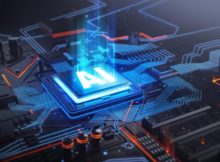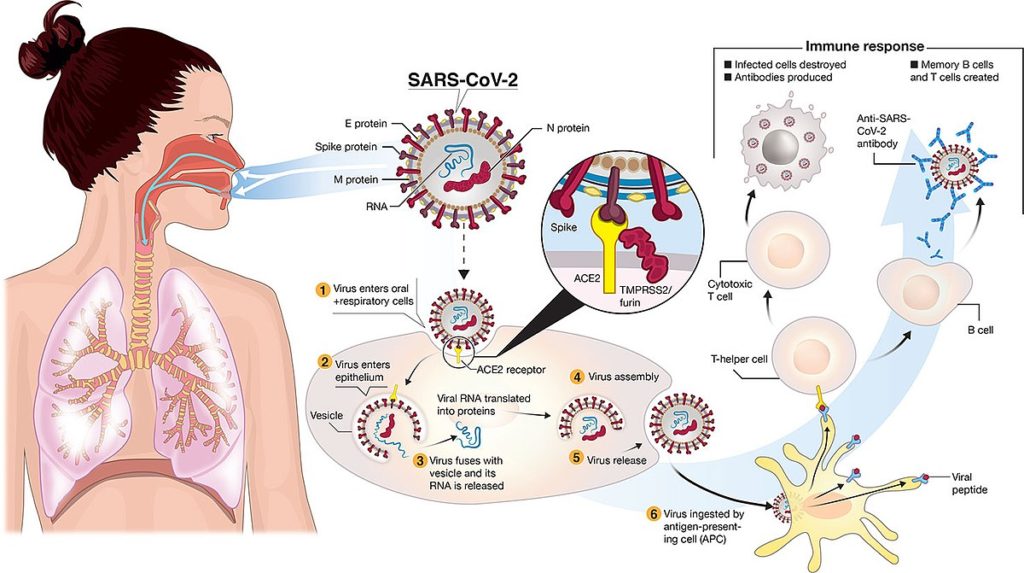
Scientists Developed AI System to Predict the Behavior of SARS-CoV-2 Affected Proteins
The immune system produces small proteins of antibodies and can be attached to specific points of the virus to disable it. Scientists around the world are continuously fighting against the latest form of Covid-19, the SARS-CoV-2 virus. However, most recent research has found that synthetic antibody is one possible weapon. It ties with the COVID virus-affected proteins to stop the virus from entering into a human cell.
3D Structures of Proteins
Researchers and scientists are now working over how this type of attachment could happen efficiently to develop a more perfect and powerful synthetic antibody. These proteins with grainy 3D structures featuring many folds are capable of sticking together in millions of formations.
So, the discovery of originally affected protein is more time-consuming and complex. Now, the researchers at MIT have developed a machine-learning structure. The new model can efficiently predict the area of complex protein formation after sticking two proteins together.
Recently Discovered Technique is Faster
The recently discovered technique is around 100 to 500 times faster compared to the other available software methods. It sometimes predicts the structures of protein. These structures are much closer to those found in most experiments.
This technique would allow scientists to better understand various biological processes. These processes include protein dynamics such as DNA replication and repair. This will efficiently boost the process of developing new medicines.
A postdoc in the MIT CSAIL and co-lead author, Octavian-Eugen Ganea said that deep learning is efficient to capture physical processes between different proteins. However, it is more difficult for biologists or chemists to find it experimentally.
Some of these processes involve more complications and didn’t find perfect ways to describe them. The recently introduced deep-learning design can efficiently learn these types of physical processes from data.
The Attachment of Proteins
The researcher’s recently developed model, Equidock is designed for inflexible body docking. It happens when two proteins are attached with rotating or transforming in a 3D area, while their structure doesn’t fold or bend.
This model contains two proteins with 3D structures and transforms those structures into 3D graphs for the neural network processing operation. These proteins are formed with groups of amino acids. Each of the amino acid groups represents a node in the graph.
The researchers combined geometric information into a structured model. This model can efficiently understand the change in objects during their rotation or transformation in the 3D area. This model also contains mathematical information in order to confirm the perfect attachment of proteins in a similar way. It discovers how proteins dock in a human body without knowing its original 3D area.
Use of Machine-Learning System
The machine-learning system uses this information to identify atoms of the two proteins supposedly interacting and forming chemical reactions. These reactions are also called ‘Blinding-pocket Points’. The system uses these points to place the two proteins together into a complex.
One of the major challenges of forming this model was beating the deficiency of training data. It was essential to combine geometric information into Equidock. This model can get a fake connection in the dataset.
The researchers also examined it with four other software methods. Equidock showed an efficient prediction of the final complex protein within just 5 seconds. Equidock has been found comparable with the baselines for quality measures. The entire baseline work took an extra amount of time from 10 minutes to one hour.





Recent Comments